Overview of the characteristics of the PV-3 wire
Design Features
The assembly and installation wire PV-3 (pictured below) has one copper core. It has high strength and flexibility. Due to the fact that the core is multi-wire, the product has a good conductive ability.
The decoding of the PV-3 marking is as follows: the letter P indicates that this is the wire itself, B indicates that the insulation is made of polyvinyl chloride, and the number 3 indicates the flexibility class of the core.
The design of the device includes such elements:
- A core that passes current. According to GOST 22483, this is a single-wire or multi-wire core of copper.
- PVC compound insulation. Coloring is carried out either continuous, or two longitudinal strips are applied to natural insulation. If PV-3 is used for grounding, then it color marking will be yellow-green.
main parameters
Specifications indicate that the PV-3 wire is resistant to moisture, condensation, or steam. Since the range of operating temperatures is from +60 to -70 ° C, it is used in extreme conditions, laid in baths and bathrooms.
The wire is great at fighting mold and various mechanical influences. Also, the technical characteristics of the device give a particular advantage of the product over others. For example, the PV-3 wire does not burn, it just melts. The insulation shell melts, but does not pass sparks beyond the damage zone, even if the surface is wet.
PV-3 wire is often used as a cable grounding, its outer diameter is selected according to the requirements and requirements of the PUE. The life of the product is up to 15 years. Sold by skeins, the maximum value of which is 100 meters.
In the photo below, other technical characteristics of PV-3 and a section table are presented:
Outer diameter, insulation resistance and mass of 1 km of wire:
Permissible currents:
Technical characteristics indicate that the main difference between the product and other brands is in the insulating material. Polyvinyl chloride (PVC) is an adequate durable coating. It is difficult to gnaw at rodents, and they are scared away by a specific smell, which is done by adding a special component.
By the way, the main producers of PV-3 wire are popular throughout the country. These include the Moskabelmet Moscow Plant, LLC Interregional Commercial and Industrial Company, NPP Spetskabel, LLC TD Cable Alliance.
Application area
Where is the conductor used? Due to the fact that PV-3 has a wide range of core sections and simple technical characteristics, it is used in almost all areas of production and industry: the formation of an individual electric network, installation of electrical wiring in the apartment, connecting electrical appliances and much more.
Scopes of the product can be divided into the following sections:
- communication systems;
- residential, non-residential and industrial premises;
- electrical wiring, both indoors and outdoors.
A double layer of insulation provides maximum safety. The insulation is made from special advanced PVC plastic, which is not able to heat up from current. Due to this, it is used in high voltage production. In addition, the material in its composition has a special substance that minimizes the likelihood of burning.
What else is important to know?
Many electricians are wondering what is the difference between the PV-3 wire and PuGV. The simple answer is the same thing, the only difference is in GOST, according to which the conductor was made. The fact is that GOST 6323-79 previously acted, and today it has been discontinued and introduced GOST R 53768-2010, as well as TU 16-705.501-2010, according to which the old PV-3 was replaced by PuGV. The technical characteristics also underwent a slight change, the flexibility class of the PuGV became higher (5), therefore the conductor is more flexible. Otherwise, the parameters have not changed.
Finally, we recommend watching a video that provides an overview of this brand of cable products:
So we examined the scope, decoding of the marking and technical characteristics of the PV-3 wire. We hope the description provided was useful to you!
It will be useful to read:

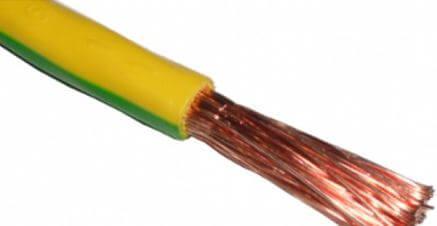
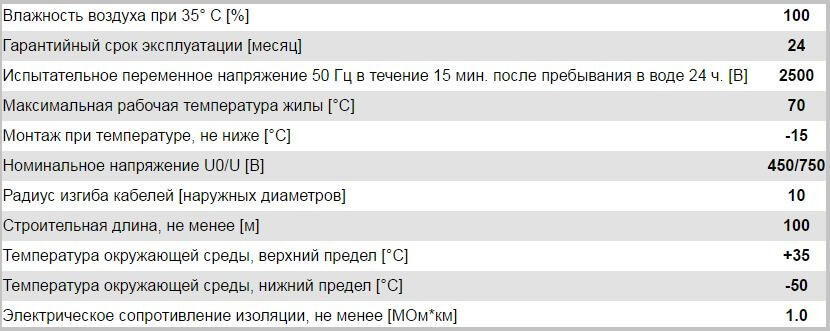
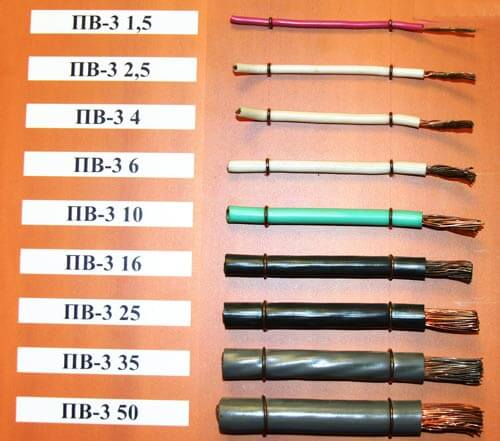
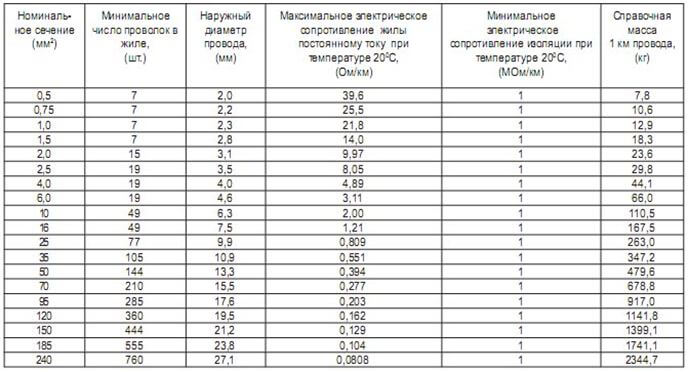
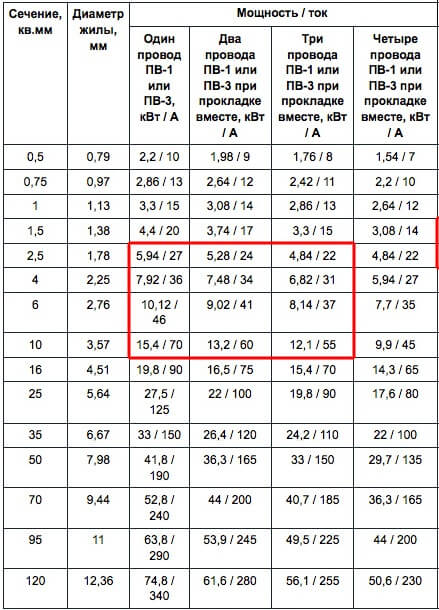



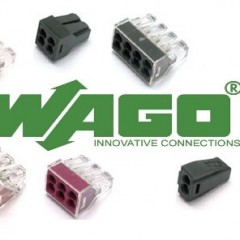
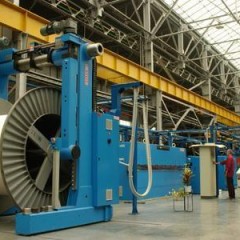
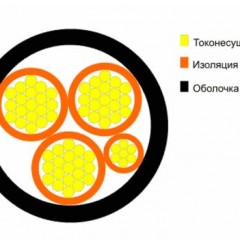

Where to buy the PV-3 bay?
in the shop
where it doesn’t matter, it’s important that I would be according to the guest, and then TU there is uneven isolation